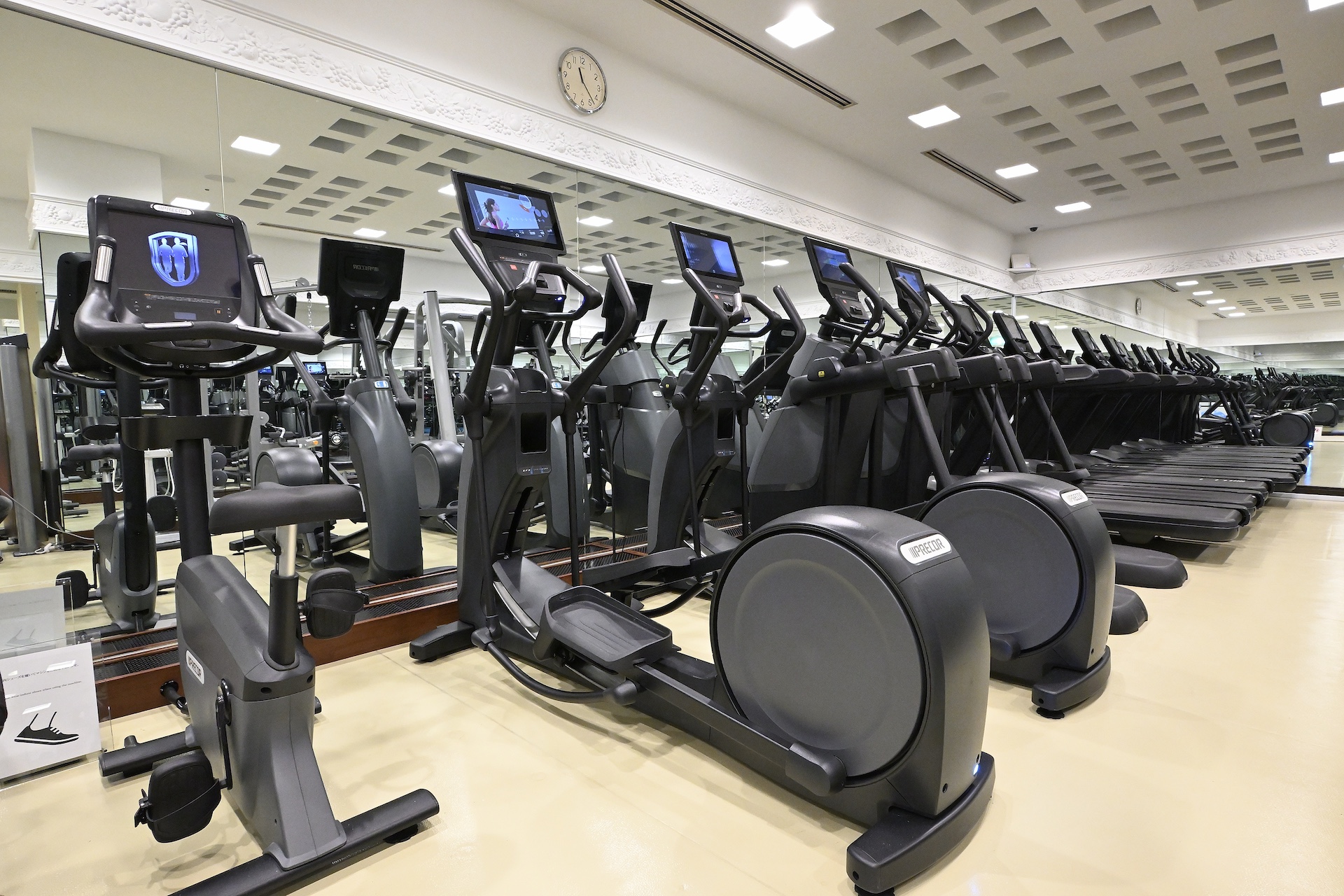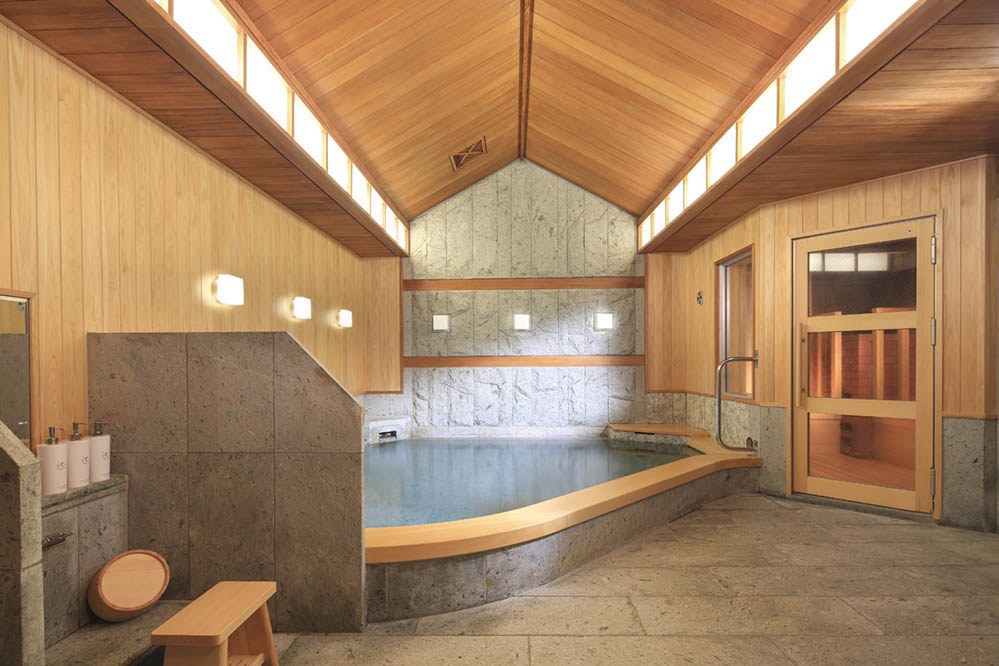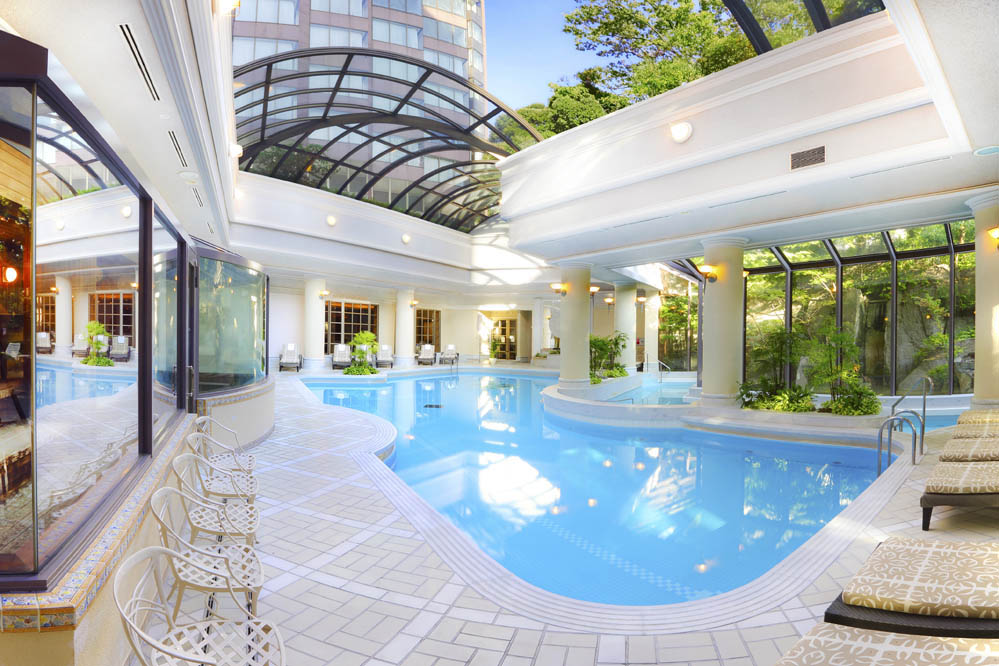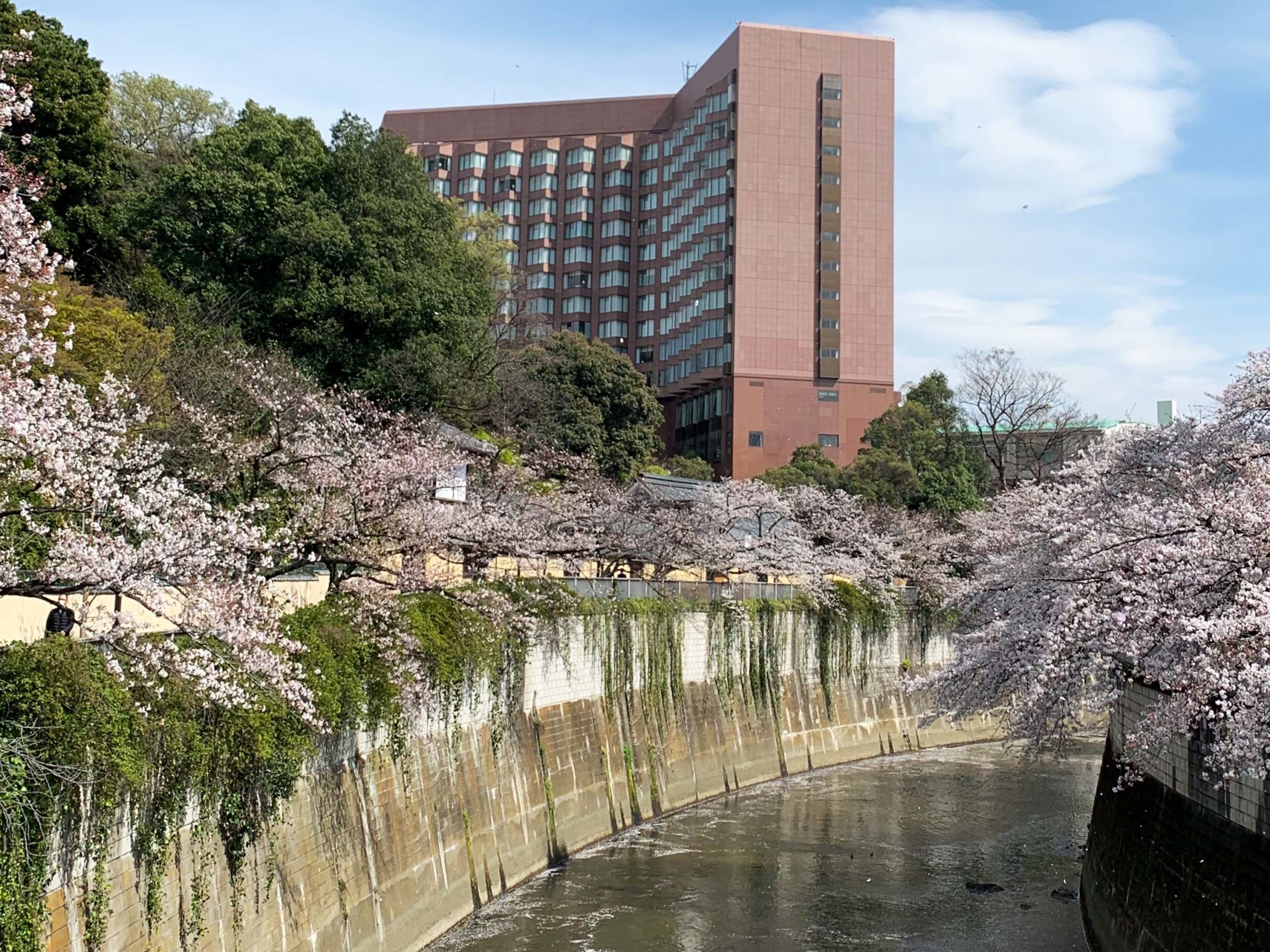
Hotel Chinzanso Tokyo
Nearest Airport : HND (26 km away)
Neighbourhood : Sekiguchi, Bunkyo, Tokyo
Website : hotel-chinzanso-tokyo.com
Address : 2 Chome-10-8 Sekiguchi, Bunkyo City, Tokyo 112-8680, Japan
Chain : Preferred Hotels (LVX)
Hotel Chinzanso Tokyo is a luxury hotel located in the Bunkyo area east of Shinjuku. Opened in 1993 as the Four Seasons Hotel Tokyo at Chinzan-so, the hotel underwent significant renovations in 2013 and was subsequently rebranded into its current name. The 267-room hotel is named after the 140-year-old Chinzanso garden, located right in its backyard. In addition to its eight restaurants, the hotel is also famed for its function facilities, featuring wonderful views of its curated Japanese garden.
Booking Hotel Chinzanso Tokyo
Like many independent Japanese hotels, Hotel Chinzanso Tokyo belongs to the Preferred Hotels and Resorts marketing scheme, specifically its LVX collection. As such it is possible to redeem points for a stay at Chinzanso. On this occasion, however, I booked my stay through Agoda.com, which consistently had the best rates for this trip. I paid a nightly rate of the equivalent of JPY34,900 (~USD238, GBP190) for an entry-level Prime Superior Room with City View. Given the absurdness of hotel rates in Tokyo as of late, this was a spectacular price for what’s being offered. Despite that, I’ve noticed that Chinzanso has been charging 20-50% above this rate for the next few months, unfortunately.
Location
Hotel Chinzanso Tokyo is located on the border of Bunkyo and Shinjuku, on the banks of the Kanda River which separates the two wards. During springtime, the cherry trees along this section of the Kanda River bloom into a beautiful spectacle. Around a 10-minute walk from the hotel is Waseda University, which is amongst Japan’s top universities. Apart from the hotel’s beautiful garden, there isn’t much to do immediately surrounding the hotel. However, those with an eye for architecture might appreciate the Kenzo Tange-designed, modernist St. Mary’s Cathedral across the street from the hotel. Fun fact, Tange designed the iconic building that houses Park Hyatt Tokyo, which I will be reviewing in my next installment.
Outside the use of taxis and buses, access to the hotel might be difficult. The hotel has a dedicated Toei Bus Stop across the street, but there aren’t really any convenient train or metro stations nearby. The closest station would be Edogawabashi Station, 10 minutes away by foot, although beware that the road up to the hotel has steep inclines. Assuming the hotel’s backside garden entrance has been reopened, Waseda Station (20 minutes away) could also be an option.
Arrival and Check-in
Having just arrived from Kyoto on a rainy day, we decided to take the city’s notoriously pricey taxis to Hotel Chinzanso Tokyo. The ride from Tokyo Station to Hotel Chinzanso Tokyo cost us around JPY3000 (~USD20, GBP16) for a 10-minute ride. We were greeted at the hotel’s grand porte-cochère and a porter quickly took care of our bags as his colleague directed us to the reception.
Since we arrived a bit after check-in time, it was no surprise to see a short line at the reception desk. During this time, we were requested to sit down in the lobby whilst the receptionists handled other guests. As I waited, I managed to appreciate the elegant old-world look of the green serpentine-floored lobby. Ah, it’s so good to be back! After a brief five-minute wait, one of the reception associates invited us to head to the desk. What a nice system!
At the reception desk, the friendly associate reconfirmed the details of our stay and asked for our card details for the deposit. Sadly, despite staying here every time we visited Tokyo pre-pandemic, they didn’t seem to have records of our past stays anymore. Regardless, we were assigned a room in no time, this time on level six, with views of the greenery behind the hotel.
Prime Superior Room
After going up the lifts, we were met with the old-world floral pattern-steeped interiors that had characterised the hotel’s past as a Four Seasons property. Having been three years since my last stay at Hotel Chinzanso, it was sure nice to be walking down this beautifully designed corridor once again!
Bedroom
At a size of 45 sqm or 484 sqft, Hotel Chinzanso’s Prime Superior Rooms are undoubtedly one of Tokyo’s most generously proportioned entry-level rooms. As hinted by the look of the public areas, the room features a European-inspired design with small but distinct infusions of Japonisme that maintain the fact that this is a hotel room in Tokyo. In any case, it’s easiest to say that the room looks gorgeous and very inviting, despite the old-world style.
The layout of the room is simple enough, featuring two firm yet very comfortable beds separated by a console with a master control panel. By the window-side is a plush armchair and ottoman, alongside a complementary marble-topped side table. The floral curtains – whilst old-looking – are surprisingly automated and are controlled through the master control panel. Finally, across the beds and the armchair is a storage console that also houses the television and a sizeable desk equipped with universal power outlets. Above the desk is a ukiyo-e-style artwork depicting an Edo-era scene. Cute!
In addition to the storage in the television cabinet (within which the hotel’s pyjamas can be found), there is also a large closet embedded into the wall in the room’s entrance foyer. Overall, not the most creative layout but definitely a very comfortable and well-thought-out one! After all, if it’s not broken then why change it, right?
Given our relatively low floored room, we weren’t treated to much of a view. Whilst I was happy with the panorama of the surrounding greenery (a rarity in Tokyo, by the way!), do try to request a room facing the Chinzanso Garden and Pagoda.
Bathroom
Accessed from the room’s entrance foyer is the opulently-appointed marble bathroom, which features an oversized bathtub and a separate shower. For one, I absolutely adored the myriad of towels, which I think is the easiest criterion to distinguish a higher-end hotel from an ordinary one. Very well done!
As you oft find to be the case at many nicer hotels in Japan, the toilet is separated from the rest of the bathroom. To my delight, the tiny wallpapered space features a heated Toto NeoRest toilet, which I love.
In addition to the excellent L’Occitaine en Provence bath amenities, the bathroom also thoughtfully features a few convenient amenities, including a weight scale, a vanity stool, and a small television on the sinktop. Very nice!
Turndown Service
Between 17.00 and 20.00, the hotel’s evening turn-down service is proactively offered. This is similar to the evening housekeeping service at other higher-end hotels, featuring the replenishment of consumables like water and toiletries. At this time, a team of two attendants in a decidedly casual uniform of polo and shorts leaves chocolates and water by the bedside – definitely a much more ‘modest’ service compared to yesteryear ;).
Back before the pandemic, this service was memorably elaborate and impressive: it featured a French maid-uniformed two-person team supervised by a manager quickly yet gracefully retouching the room. Amazingly enough in those days, clothes left out were also neatly folded into a pile which I hadn’t encountered outside an Amanresort! Surely a pity…
Amenities
Garden
Whilst Hotel Chinzanso Tokyo is located in an arguably less desirable location compared to other hotels of its calibre, it does have the selling point of its beautiful and expansive garden. This is an amenity that’s unheard of at most hotels in Tokyo, well except for Hotel New Otani’s older and bigger garden. As I briefly mentioned in the introduction, the garden is an age-old masterpiece that complemented a large mansion built in 1878 by then-Prime Minister Yamagata Aritomo. Yamagata called the estate 「椿山荘」(Chinzan-so), or House of Camellias. However, the property’s history extends back a further 400 years, in which it is said that the modest residence of the iconic Japanese poet, Matsuo Bashō overlooked the property.
In the summertime, the garden blooms into a mesmerising green, featuring many seasonal foilage characteristic of the season (e.g. Hydrangea). Along the garden’s pathways, you’d also find various statues of Shichifukujin or the seven Japanese gods of fortune. In addition to a small Shinto shrine, the garden is crowned by a 12th-century pagoda housing a depiction of the Buddhist bodhisattva Kannon, commonly known as Avalokiteshvara or Guanyin.
The hotel has also been running a daily event called the Tokyo Sea of Clouds, in which the garden is blanketed by an unreal-looking mist that mimics the look of the sea. This has proven quite popular given its frequent feature in Japanese media. Below is the daily schedule for the event, correct at the time of stay.

In the past, there was also a security-patrolled back gate accessible from the garden that made it easier to reach the riverside and Waseda University and consequently, Waseda metro station. This entrance is no longer open.
Fitness Centre
Hotel Chinzanso Tokyo has a large and sizeable fitness facility tied to its wellness offering, Yu the Spa. Whilst the gymnasium facility is free to use, virtually everything else is chargeable. Before the pandemic, guest usage of the pool and public baths used to be free for those staying over one night. However, this has since been changed, and any use of the pool and onsen is now chargeable at a staggering 4,400 JPY per person per night. Definitely a show of a new and unfortunate trend of nickel and diming.

Deterred by the new facility charge, I didn’t end up visiting the wellness facilities. However, from my past experience, the public bath is a lovely experience, featuring mineral-rich water that’s regularly brought in from a natural spring. There is also a large, gender-separated vanity and locker area complete with toiletries like toothbrushes and shaving kits. This makes the public baths a convenient place to bath (well, of course) after a leisurely swim or if you don’t want to use the in-room bathroom for whatever reason. However, as with any public bath in Japan, please be reminded that you’d have to bathe in the nude!


Service
Frankly, I really can’t complain about the service at Hotel Chinzanso Tokyo. As expected from a Japanese hotel, the hotel’s employees were very respectful and courteous, as well as professional and discreet. But that’s about all I could say about it. As I briefly talked about in the turndown service section, the service remains good but pales in comparison to what it once was. Back in the day, we’d be proactively offered newspapers and rooms with a different view from our previous stay. Heck, just before the lockdowns hit, we were even presented with bookmarks depicting the four seasons at check-out to remind us of our stay. I guess that’s just the reality of a post-pandemic hotel stay. Sigh…
Overall
In the past, Hotel Chinzanso Tokyo has been one of my favourite hotels in Tokyo and in the whole of Japan. The service was exceptional and dare I say, second-to-none?! However, having returned to the hotel after the pandemic, I felt that the hotel had become distinctively more Japanese in the sense that nickel-and-diming is more prevalent. As I observed from the turn-down service and the closure of the back gate, cost-cutting is also evident in the hotel (though not surprising after a pandemic). In that way, Hotel Chinzanso Tokyo remains excellent, but not the legendary and lavish hotel I fondly remembered it to be.


Leave a Reply